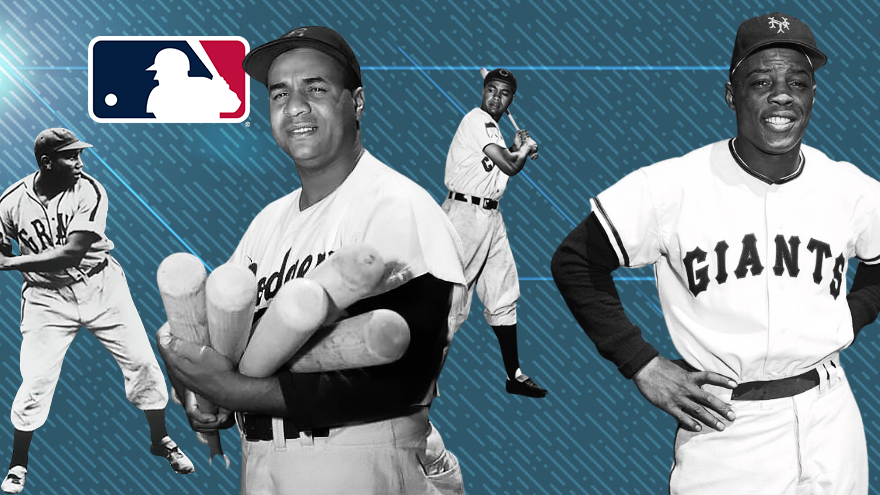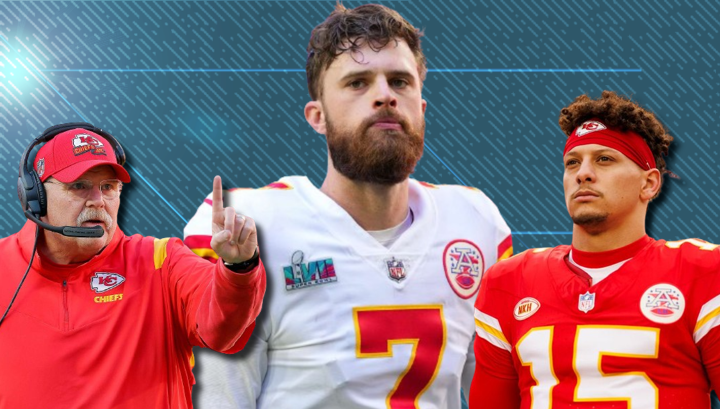As a result of the integrated stats, a number of Major League records are now held by elite black athletes who, because of segregation, were barred from playing in the National and American Leagues. This effort marks “the first major step that makes the achievements of the players of the Negro Leagues available to fans via the official historical record,” MLB said in a statement about the historic change. “The statistics of more than 2,300 Negro Leagues ballplayers from 1920-1948 – including this era’s three living Negro Leagues players: Bill Greason, age 99; Hall of Famer Willie Mays, 93; and Ron Teasley, 97 – launch today in a newly integrated MLB.com database (career records here and season records here) that combines seven different Negro Leagues from 1920-1948 along with the American League, the National League and other major leagues in history,” MLB added.Major League Baseball (MLB) has formally incorporated the statistics of players from the Negro Leagues into its all-time records database.
After a multi-year research effort, @MLB has incorporated records from the Negro Leagues (1920-1948) into the official record book. ⚾
Catcher Josh Gibson (pictured, left) is the new holder of some long-standing records, including some formerly held by Ty Cobb & Babe Ruth. 🧵 pic.twitter.com/7WxeFUpPqh
— Library of Congress (@librarycongress) May 29, 2024 Following the 2020 announcement that seven different Negro Leagues from 1920-1948 would be recognized as Major Leagues, MLB decided to absorb the statistical data into the official historical record. The seven leagues that comprised the Negro Leagues of 1920-1948 were the Negro National League (I) (1920–1931); the Eastern Colored League (1923–1928); the American Negro League (1929); the East-West League (1932); the Negro Southern League (1932); the Negro National League (II) (1933–1948); and the Negro American League (1937–1948). The changes were updated on May 29, though further updates could come in the future, as the review of 1920-48 states is only about 75 percent complete, MLB said. “This effort will allow fans to view the statistics and records of Negro Leagues alumni as easily as all other historical Major League players,” said the league. Batting Average: Josh Gibson’s .466 batting average for the 1943 Homestead Grays is now the highest in MLB history, followed by Charlie “Chino” Smith, who chalked up .451 for the 1929 New York Lincoln Giants. The two now surpass Hugh Duffy, who hit .440 in 1894. On-Base Percentage: Josh Gibson and Charlie “Chino” Smith now sit in the top five for on-base percentage Earned Run Average: Hall of Famer Satchel Paige now ranks third with a 1.01 ERA for the 1944 Kansas City Monarchs Included in changes to career leaderboards:
Among the changes to single-season records:
Batting Average: Josh Gibson now holds the all-time lead with a .372 average in 2,255 at-bats, surpassing Ty Cobb’s .367 career batting average Slugging: Josh Gibson (.718), Mule Suttles (.621), Turkey Stearnes (.616), and Oscar Charleston (.614) all enter the top 10 in a category previously led by Babe Ruth (.690) On-Base Percentage: Josh Gibson now ranks third all-time (.459). He is now joined by three other Negro League legends, Buck Leonard (.451), Oscar Charleston (.449), and Jud Wilson (.434) On-Base Plus Slugging: Josh Gibson (1.177) now leads this category, displacing Babe Ruth (1.164) who previously held the record. Four other Negro League players — Oscar Charleston (1.063), Buck Leonard (1.042), Turkey Stearnes (1.033), and Mule Settles (1.031) now sit among the top 10. A look at the career batting average leaders following the Negro Leagues stat integration with MLB! pic.twitter.com/bbIX43RAPo Bob Kendrick, President of the Negro Leagues Baseball Museum, celebrated this “major milestone” in a formal statement about the merging of the statistical records. “Thanks to MLB Commissioner Ron Manfred for his embracing of the importance of the Negro Leagues and an incredible team of historians and researchers who have dedicated themselves to pull this groundbreaking data together,” he said. “This is a major milestone in baseball history.”
— MLB Network (@MLBNetwork) May 29, 2024
Official statement from @nlbmprez Bob Kendrick on Negro Leagues statistics entering @MLB record. pic.twitter.com/hLoHXjbESu “It’s a show of respect for great players who performed in the Negro Leagues due to circumstances beyond their control and once those circumstances changed demonstrated that they were truly major leaguers,” MLB Commissioner Rob Manfred said Wednesday in an interview with The Associated Press. “Maybe the single biggest factor was the success of players who played in the Negro Leagues and then came to the big leagues.” The changes to the long-held records followed an evaluation by the independent Negro Leagues Statistical Review Committee, which has 17 members, met six times, and weighed issues such as when compiled league stats did not make sense. "We made the decision at a point in time that we became convinced that it was possible to get accurate statistics that could be appropriately integrated into our record books," Manfred said.
— Negro Leagues Baseball Museum (@NLBMuseumKC) May 29, 2024

